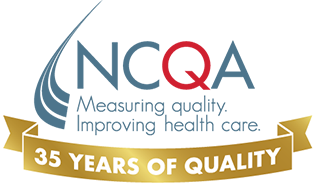If a plan fails the test – one error in each of two samples – and cannot correct the error and resubmit the correction to the auditor, the plan may not use the Hybrid Method for reporting that measure. The plan can report the administrative rate or report an NR for that measure. The auditor must determine whether the error affects all the other measures in the group and their reportability.
